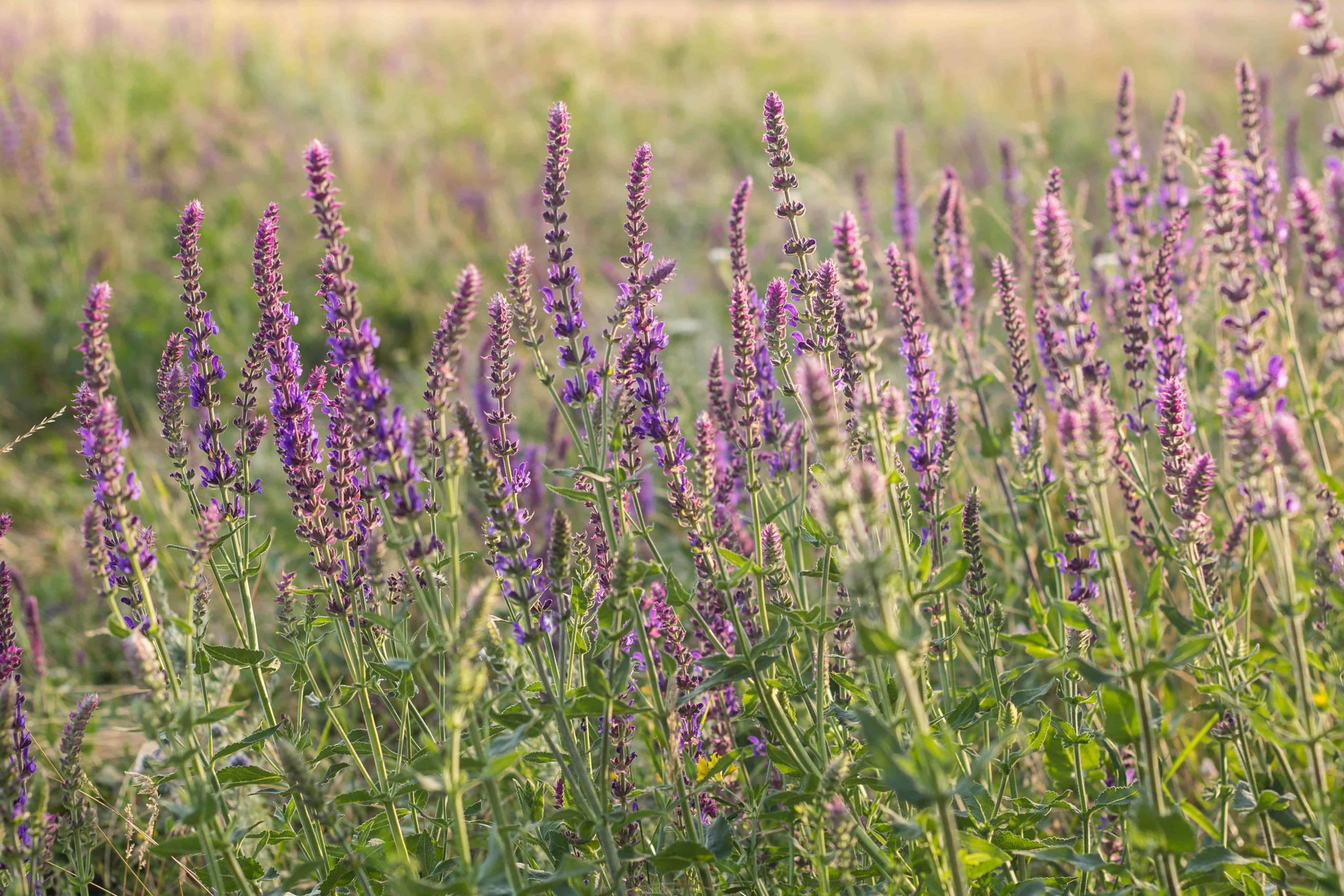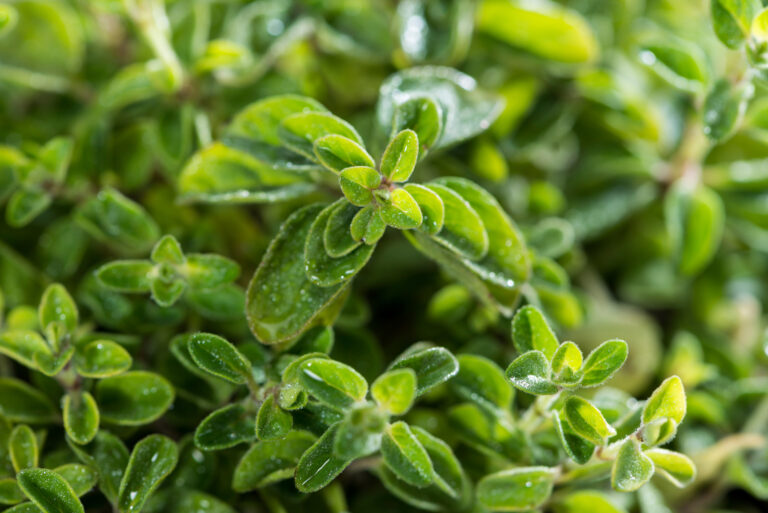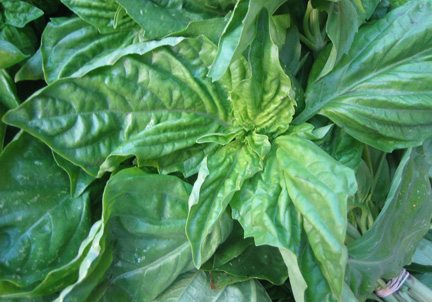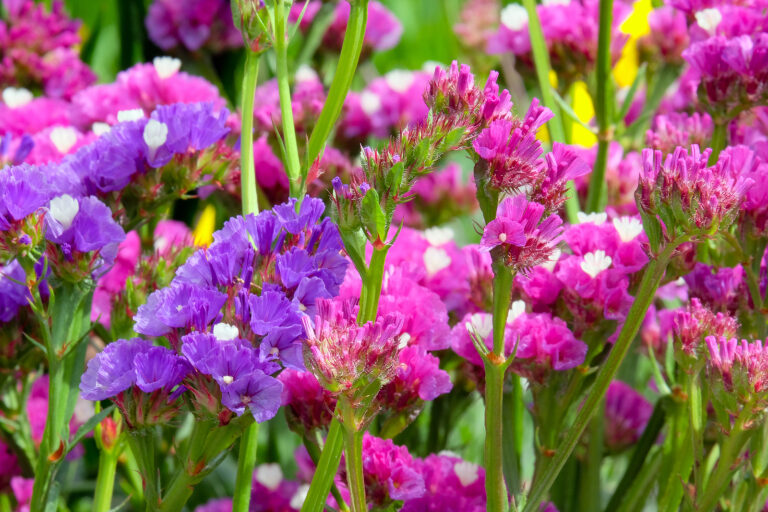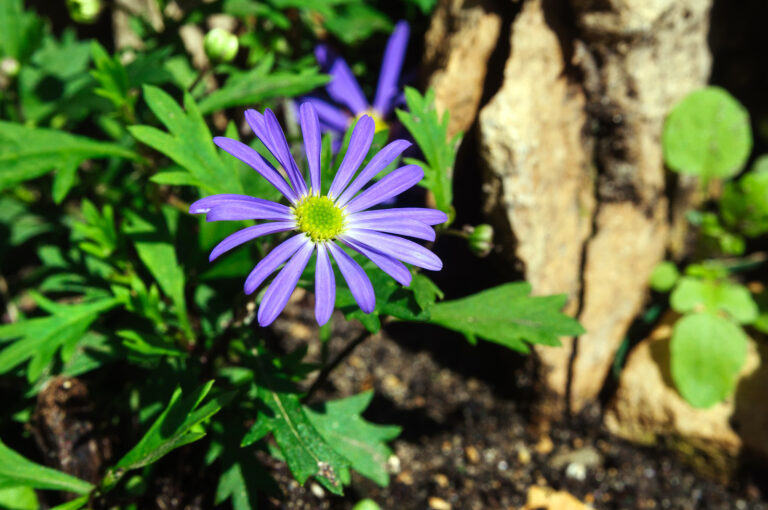How to Plant, Grow, and Harvest Clary
Clary also called clary sage is an herb with colorful bracts that range in color from pale mauve to lilac or white to pink with a pink mark on the edge. It is a standout in the perennial border. Clary leaves taste much like culinary sage with a warm, pungent camphor fragrance. Clary can be used in place of culinary sage in cooking and leaves can be used to make teas and flowers can be added to salads.
Here is your complete guide to growing clary.
Where to plant clary
- Best location: Plant clary in full sun.
- Soil preparation: Grow clary in average to sandy, dry, well-drained soil. Clary prefers a soil pH of 4.8 to 7.5.
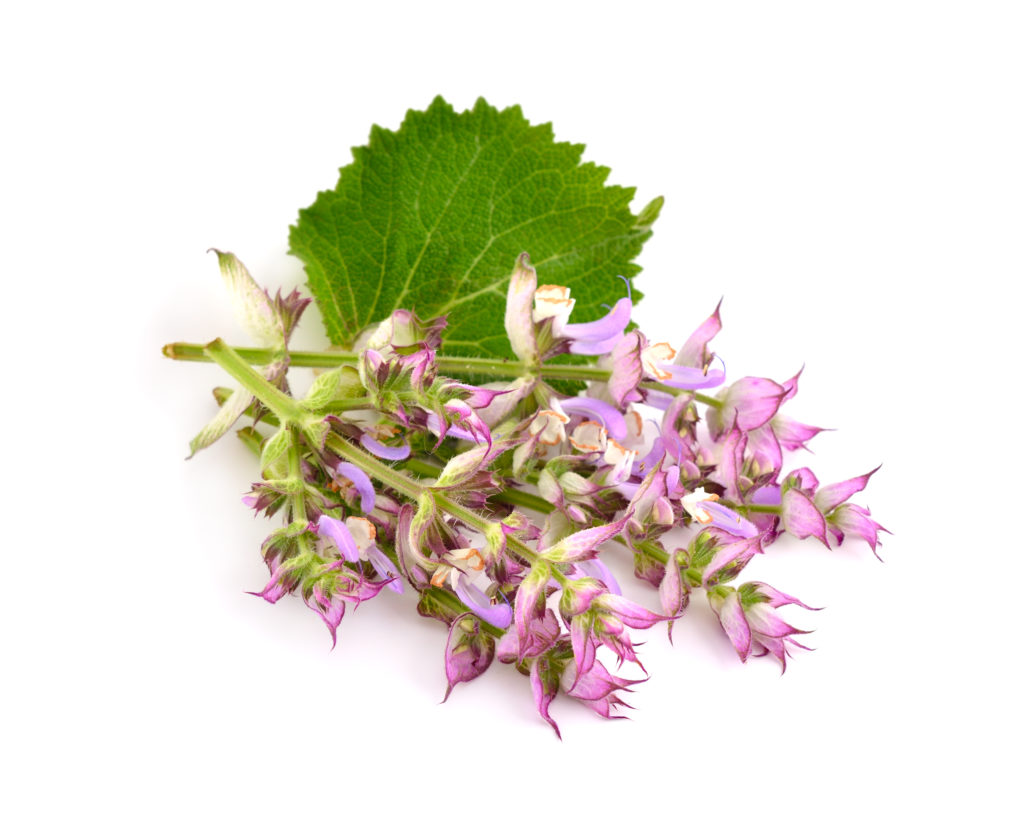
When to plant clary
- Seed starting indoors: Start clary seeds indoors about 8 weeks before the last spring frost. Seed germinates in about 14 days.
- Transplanting to the garden: Transplant clary seedlings to the garden about a week before the last expected frost.
- Outdoor planting time: Sow clary seeds outdoors in mid-spring once the soil has warmed to 55° to 60°F.
How to plant clary
- Planting depth: Sow seed ½ inches deep. Freeze seeds for three to five days before planting. Seeds require darkness for germination.
- Spacing: Space clary plants 10 to 24 inches apart.
- How many to grow: Grow 1 clary plant for cooking and culinary use; grow 6 plants for tea and preserving.
Watering and feeding clary
- Watering: Allow the top inch or two of soil to dry before watering clary again.
- Feeding: Side dress clary with aged compost or feed with compost tea during the growing season. Avoid high nitrogen fertilizers. Excess fertilizer will result in leggy growth and fewer flowers
Clary care and maintenance
- Care: After the first frost, cut the stems of first-year plants to 1 inch above the soil. Mulch clary heavily to protect the roots over the winter.
Container growing clary
- Container growing: Grow clary in pots at least 6 inches wide and deep.
- Winter growing: Grow clary indoors in winter in a bright window. Mulch outdoor plantings after the ground freezes in winter and remove the mulch gradually in spring to protect plants from heaving.
Clary pests and diseases
- Pests: Clary can be attacked by two-spotted spider mites. Wash plants with water to remove mites. Mites can also be controlled with insecticidal soap.
- Diseases: Clary is susceptible to root rot in poorly drained soil. Add aged compost to planting beds often to keep the soil well-drained.
How to harvest clary
- Pick or snip clary leaves as needed any time after plants are 8 inches tall or taller. Pick leaves in the morning for best flavor. Cut flowering stems once the flowers are three-quarters open. Cut whole stems of flowers near the base of the plant.
Clary in the kitchen
- Flavor and aroma: Clary sage tastes just like a culinary sage; use it fresh or dried interchangeably. Leaves can be bitter if used in too great a quantity.
- Leaves: Use fresh or dry clary leaves as you would sage; flowers can be used as a garnish. Use clary sage to season bread, stuffings, cheese dishes, and vegetables.
- Teas: Tea can be made from dried clary leaves or flowers.
Preserving and storing clary
- Drying: Hang cut clary stems upside down to air dry in a warm, shady place with good air circulation.
- Storing: Store dried clary leaves in an airtight container.
Clary propagation
- Seed: Clary flowers in the second year. Save dry flowers for seed. Clary easily self-sows Transplant or pull out unwanted volunteers if clary self-sows too heavily.
- Division: Older plants can be divided in early fall or spring. Renew clary by dividing plants every three years.
Get to know clary
- Botanical name and family: Salvia sclarea is a member of the Lamiaceae–mint family.
- Origin: Northern Mediterranean
- Type of plant: Clary is a biennial, but grows as an annual in some regions and as a short-lived perennial in other regions. Biennial clary forms a rosette of foliage in the first year and 3-foot spikes of white or purple flowers in the second year.
- Growing season: Summer
- Growing zones: Clary grows best in Zones 5 to 8.
- Hardiness: Clary prefers hot dry weather.
- Plant form and size: Clary is an upright, branched plant that grows 2½ to 3 feet tall with square stems and broad, oblong, aromatic leaves.
- Flowers: Clary has small lavender, pink, or white flowers that resemble garden sage.
- Bloom time: Clary blooms in mid-to late summer after the first year.
- Leaves: Clary has gray-green leaves 6 to 9 inches long; they are wrinkled and downy with slightly toothed edges. Leaves grow opposite one another on square stems.
Also of interest:
- Anise
- Anise Hyssop
- Arugula
- Basil
- Bay
- Bee Balm
- Borage
- Calendula
- Caraway
- Catnip
- Chamomile
- Chervil
- Chives
- Cilantro-Coriander
- Clary
- Costmary
- Cress
- Dill
- Fennel, Sweet
- Horseradish
- Hyssop
- Lavender
- Lemon Balm
- Lemon Verbena
- Lovage
- Marjoram
- Mint
- Nasturtium
- Oregano
- Parsley
- Perilla
- Rosemary
- Sage
- Salad Burnet
- Savory
- Scented Geranium
- Shiso
- Sorrel
- Stevia
- Sweet Cicely
- Tarragon
- Thyme
Related articles:
Best Herbs for Container Growing
Planning the Home Fruit Garden
Garden Planning Books at Amazon:
- Vegetable Garden Almanac & Planner
- Kitchen Garden Grower’s Guide Vegetable Encyclopedia
- Vegetable Garden Grower’s Guide
- Tomato Grower’s Answer Book

